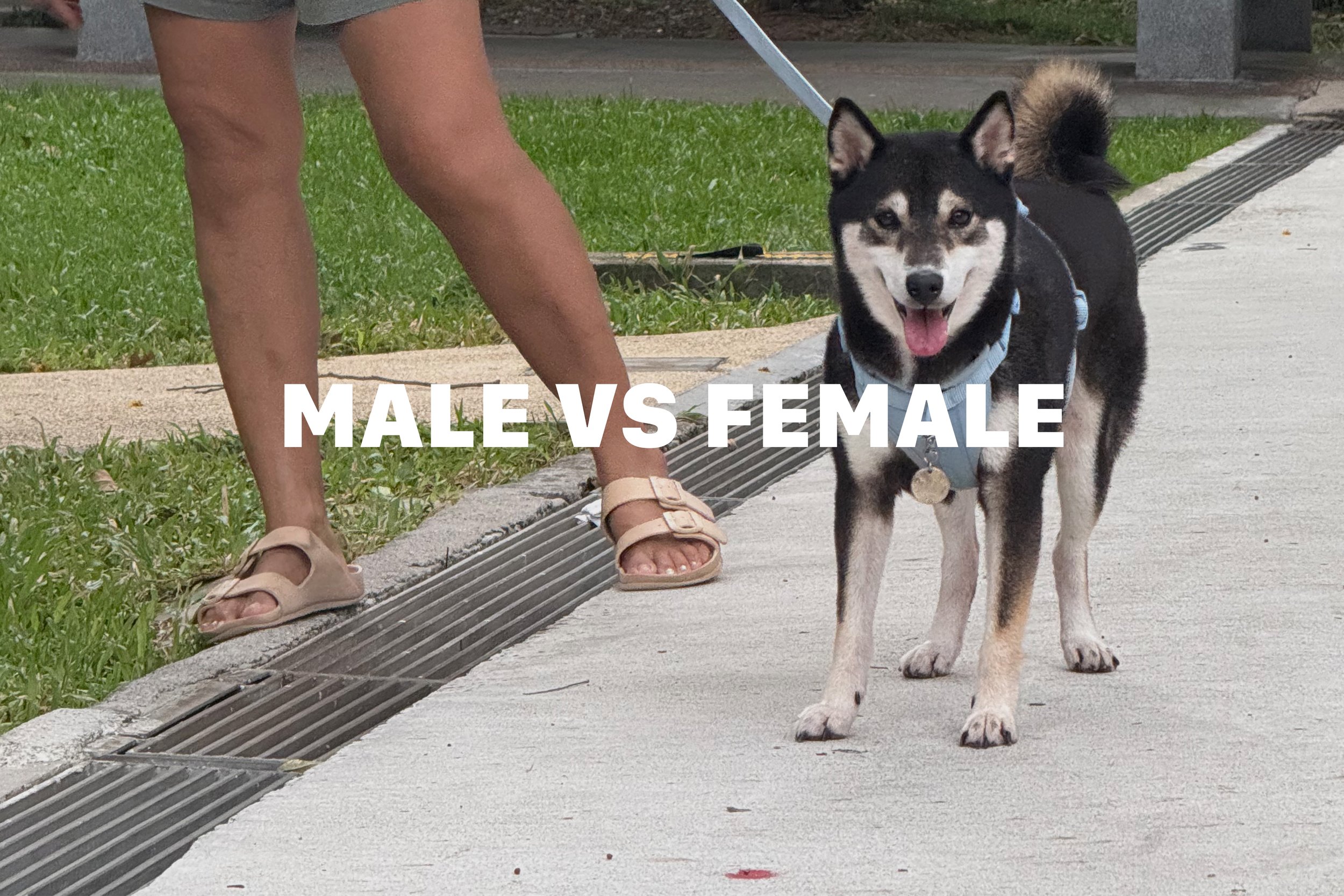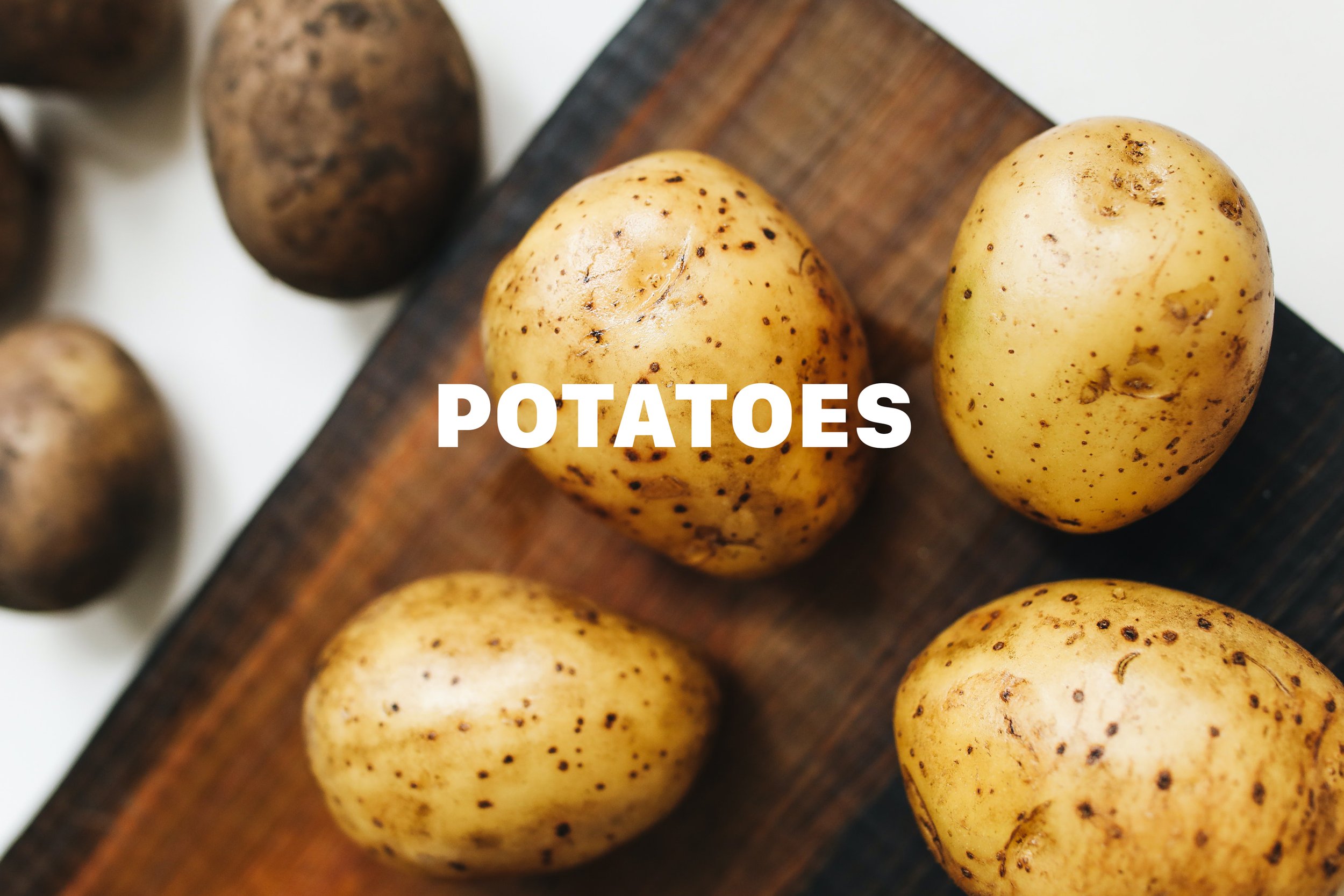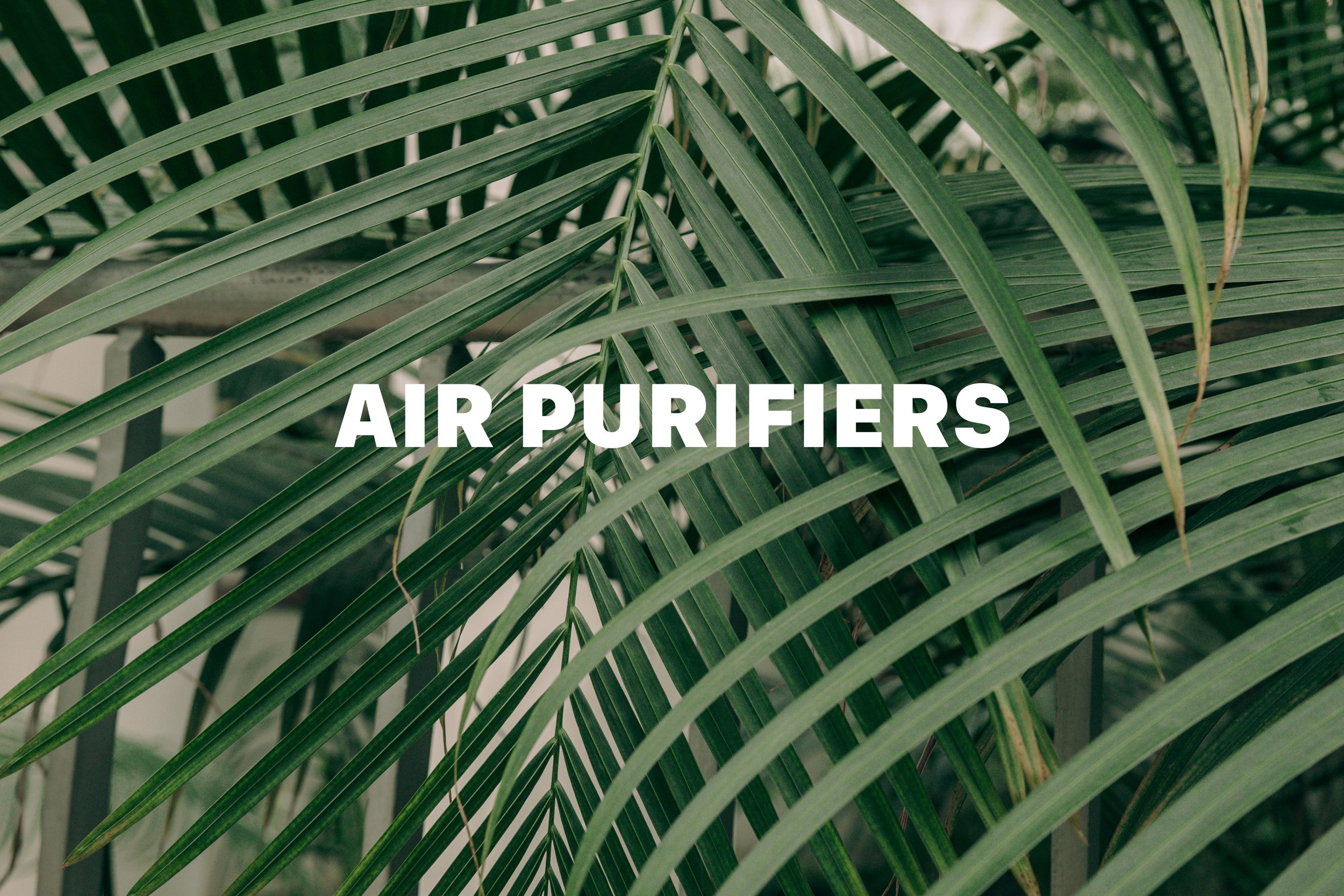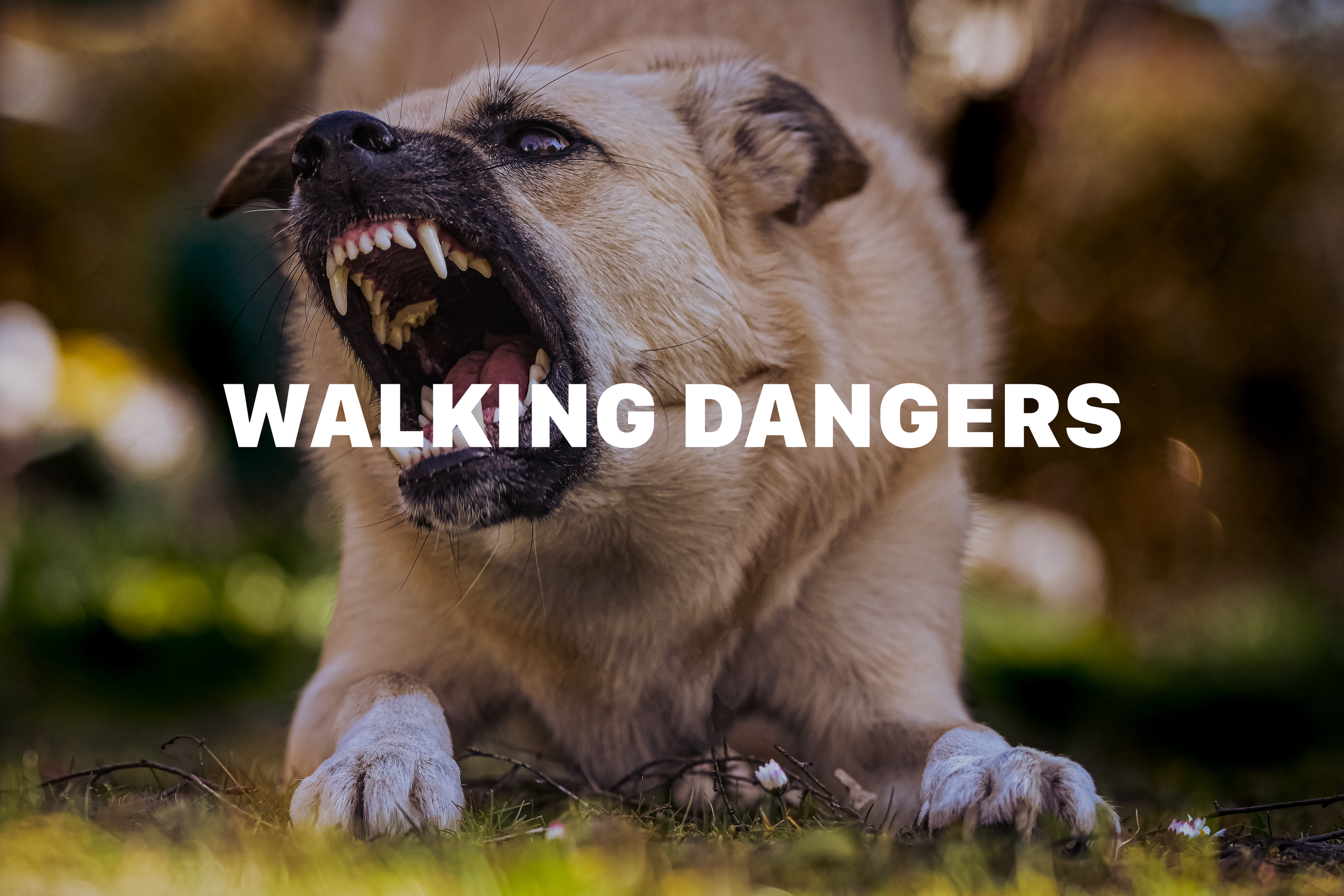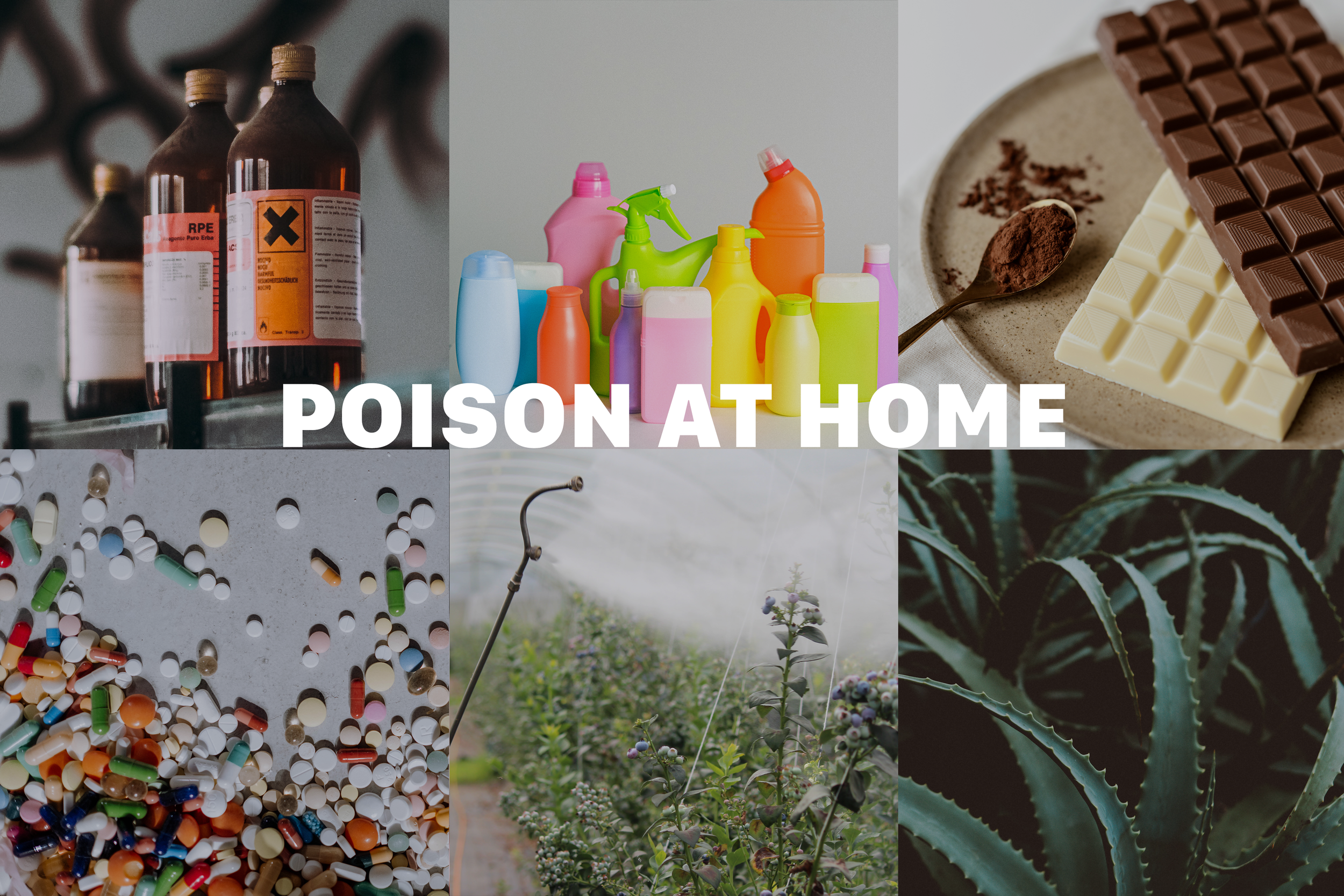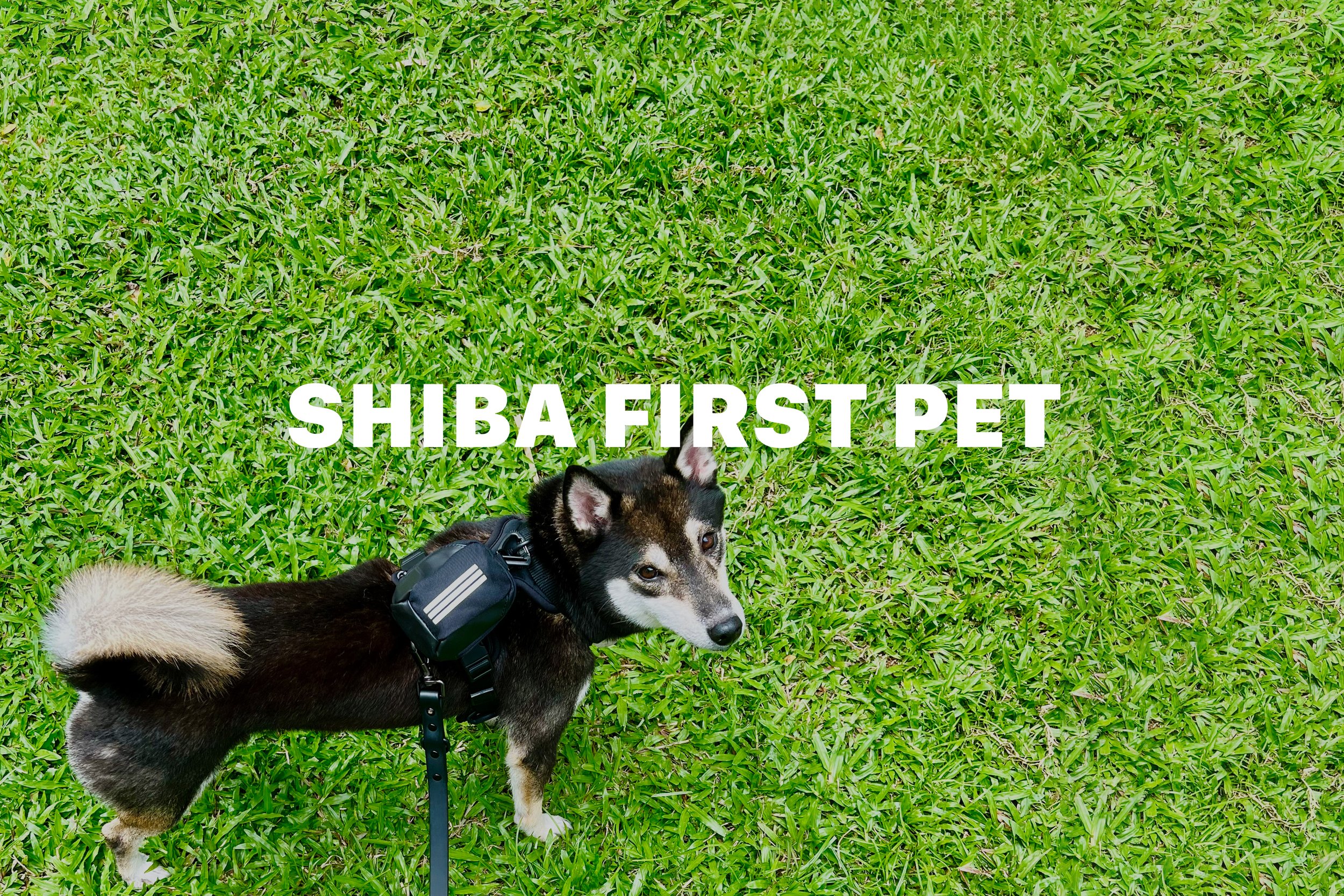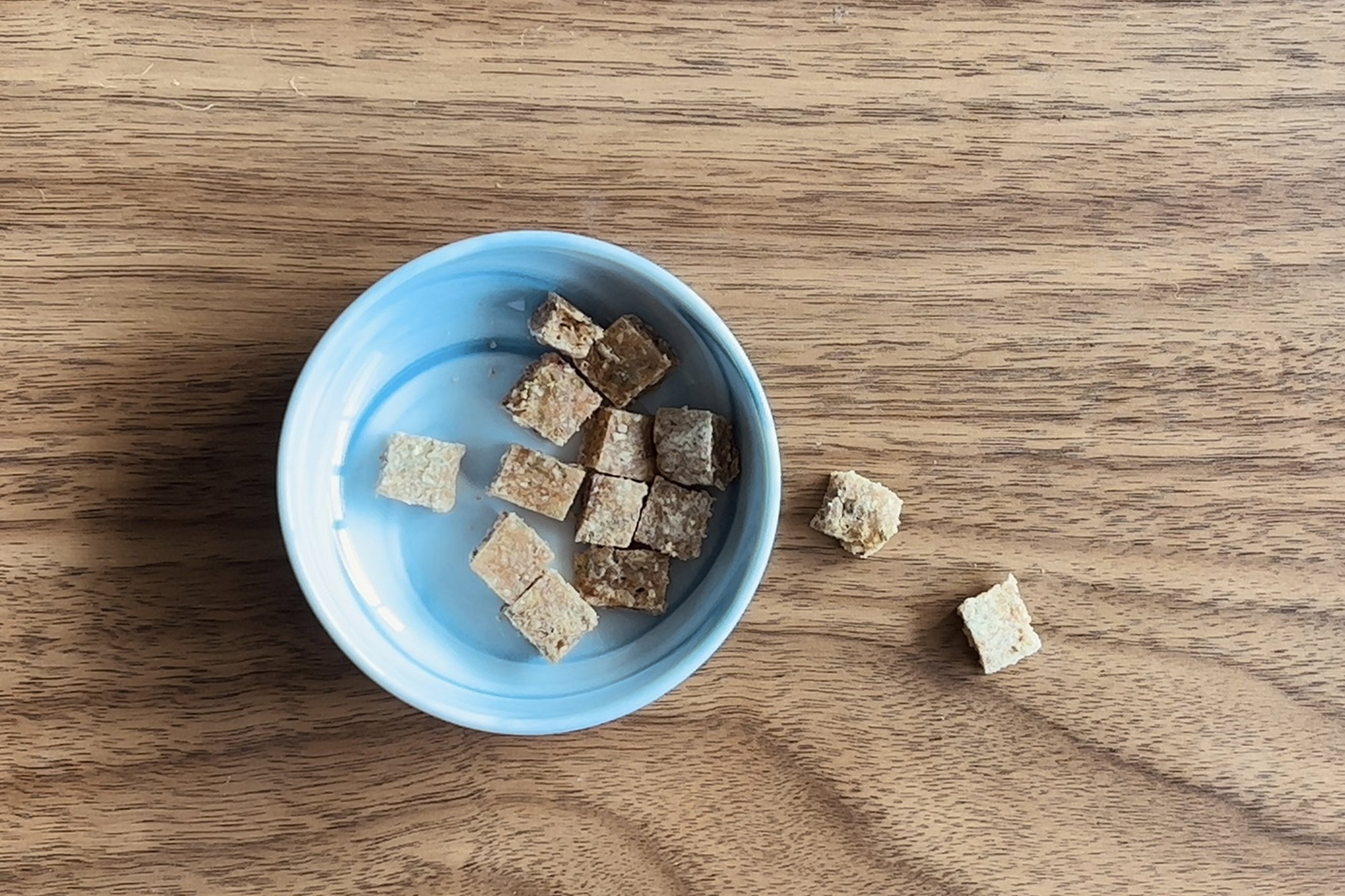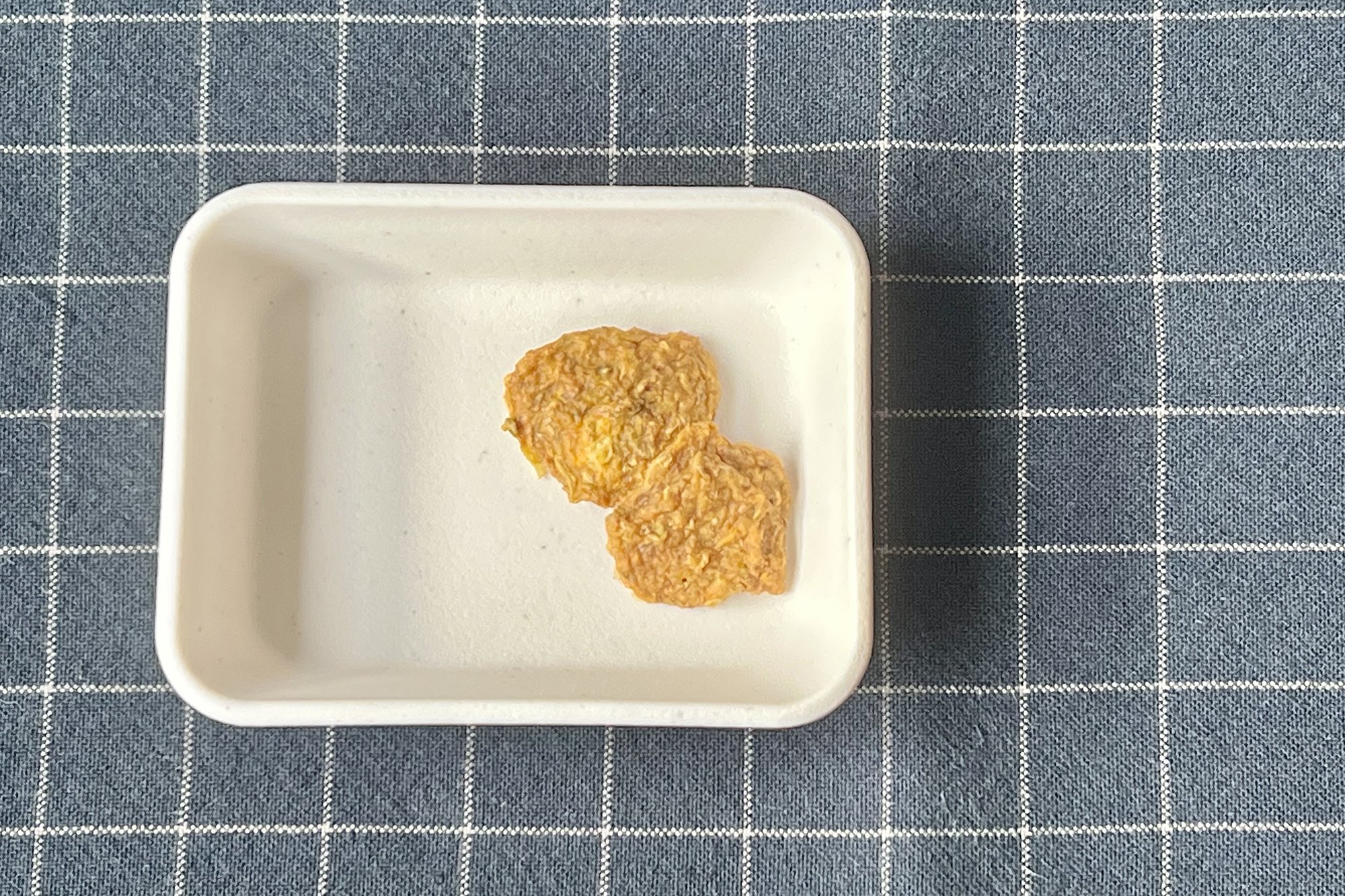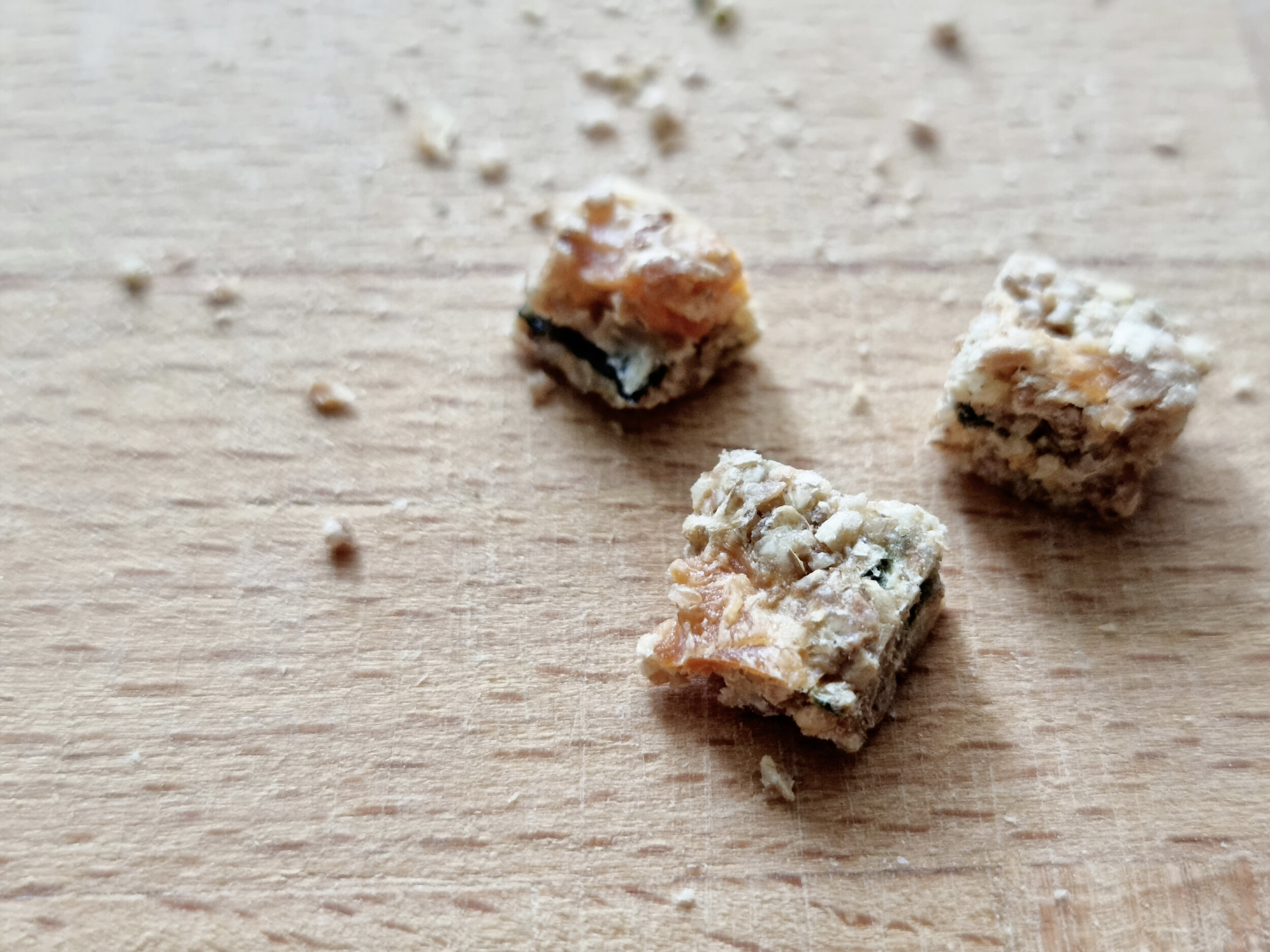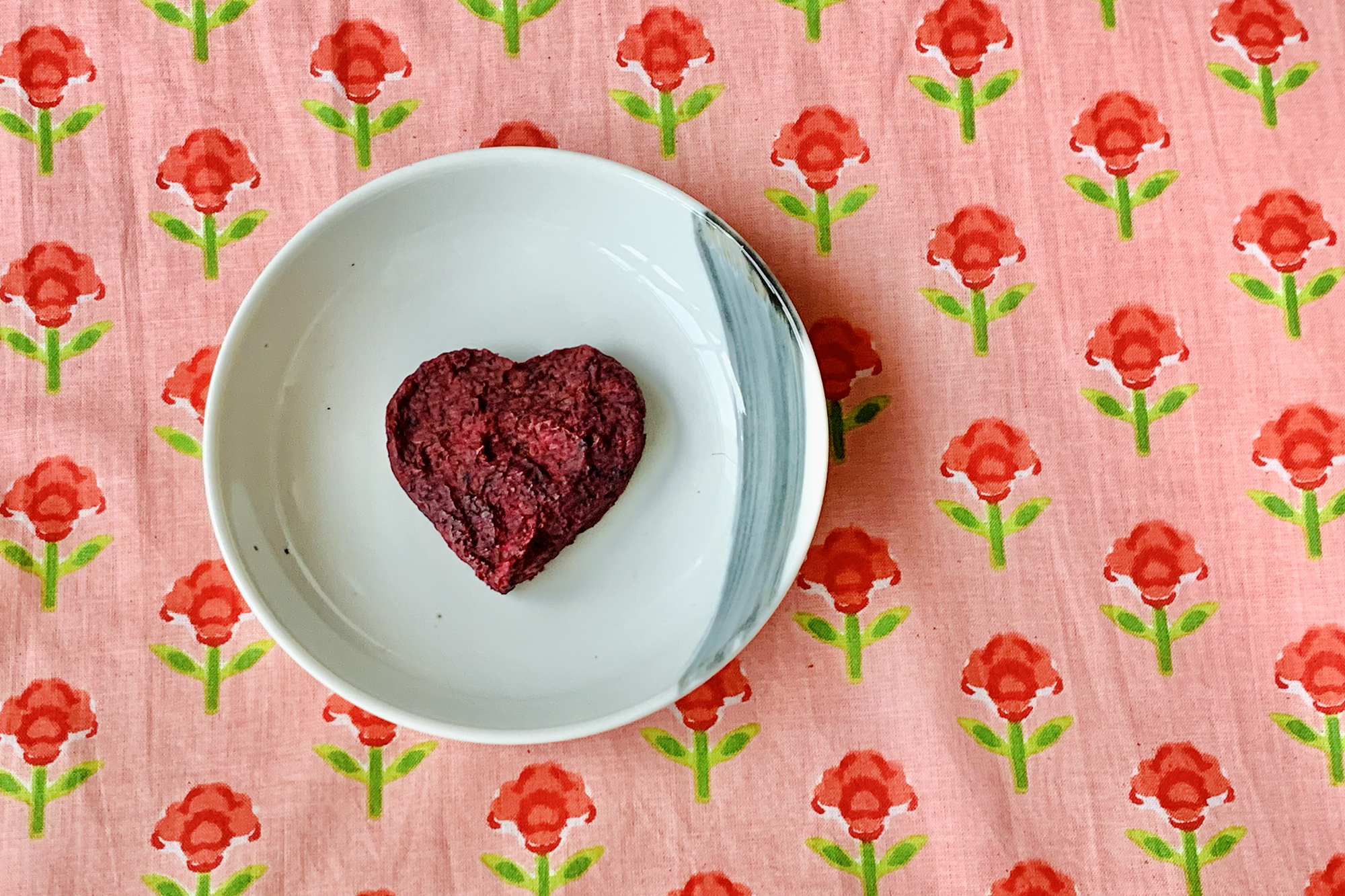Plants Good For Dogs
Why Choosing Plants Are Important For Your Dog
It is important to choose plants that are safe for pets, especially dogs, as some plants can be toxic when ingested and cause harm to animals. It is advisable to select plants that are not toxic to dogs, as well as those that do not have thorns, spines, or seeds that could cause injury. It is also helpful to choose plants that are "dog-friendly" and can withstand exploration or trampling by dogs. It is important to be aware of the difference between toxic and non-toxic plants. If a dog ingests an unknown plant or exhibits unusual behaviors, it is important to contact a veterinarian immediately.
Why Do Dogs Eat Plants?
There are a variety of reasons why dogs may eat plants, including:
Nutritional deficiency:
Some dogs may eat plants as a way to supplement their diet if they are lacking certain nutrients.Curiosity:
Dogs are naturally curious animals and may eat plants out of curiosity or exploration.Boredom:
Dogs may eat plants if they are bored or have nothing else to do.Mouth or dental problems:
Dogs may eat plants as a way to alleviate pain or discomfort in their mouth or teeth.Coprophagia (eating feces):
Some dogs may eat plants as a way to mask the smell of feces if they are eating their own or another animal's feces (a behavior known as coprophagia).Medical condition:
In some cases, dogs may eat plants due to a medical condition, such as pancreatitis or a gastrointestinal issue.
It is important to monitor your dog's plant-eating behavior and to keep potentially toxic plants out of reach to prevent accidental ingestion. If you are concerned about your dog's plant-eating habits, it is a good idea to consult a veterinarian for advice. Or give them Mint by Kuro Snacks.
Why Are Some Plants Toxic to Dogs?
Plants produce toxins as a natural defense mechanism to protect themselves from being eaten by animals or insects. These toxins are usually bitter or unpleasant-tasting, which helps to deter animals from eating them. Some plants also produce toxins to protect themselves from diseases or pests.
When a dog ingests a toxic plant, the toxins can cause a variety of symptoms, depending on the specific plant and the amount ingested. Some plants can cause mild symptoms, such as vomiting and diarrhoea, while others can cause more severe symptoms, such as tremors, seizures, and difficulty breathing. In severe cases, ingestion of toxic plants can be life-threatening to dogs.
What If My Dog Ate My Plant?
It is important to be aware of the plants that are toxic to dogs and to keep them out of reach to prevent accidental ingestion. If you suspect that your dog has ingested a toxic plant, it is important to take immediate action to seek veterinary care. Follow these steps:
Remove any remaining plant material from your dog's mouth and surrounding area.
Call your veterinarian. It is important to have the plant's common and scientific names available when you call.
Follow the instructions provided by your veterinarian. They may recommend bringing your dog to the clinic for treatment or providing instructions for at-home care.
If your veterinarian advises you to induce vomiting, use only hydrogen peroxide as directed. Do not use any other substances to induce vomiting.
It is important to seek veterinary care as soon as possible, as the sooner treatment is started, the better the chances of a full recovery. Do not wait for symptoms to occur before seeking treatment. If your dog is showing signs of distress, such as difficulty breathing or loss of consciousness, seek emergency veterinary care immediately.
Toxic Plants
There are many plants that are toxic to dogs when ingested. Here are some examples:
List of 35 Dog-Friendly Plants That Are Non-Toxic
Whilst we prefer air purifying plants that are also dog-friendly, there are many other plants that are safe for dogs and can be enjoyed in the home without causing harm to your furry friends. It is important to note that even "safe" plants can still cause an upset stomach or an obstruction if eaten in large amounts. It is always a good idea to supervise your dog around plants and to place them in an area that is out of reach to prevent accidental ingestion. Some examples of safe plants for dogs include:
It is important to seek emergency veterinary care as soon as possible, as the sooner treatment is started, the better the chances of a full recovery. For more information, you can check out the American Society for the Prevention of Cruelty to Animals or ASPCA.
If your dog has a habit of eating your plants, or eating grass when you’re out for walks. Consider giving them a healthy snack instead like Mint by Kuro Snacks that is made from natural wheatgrass which is actually good for them. In fact, it also freshens their breath.





